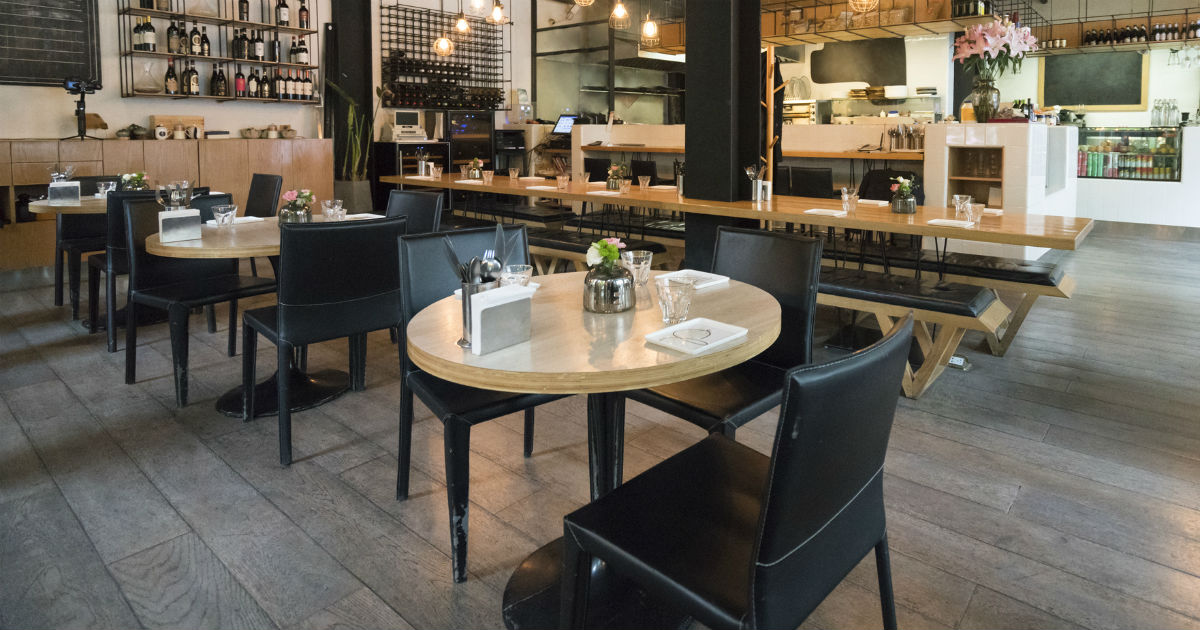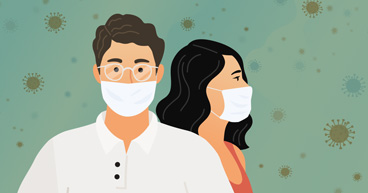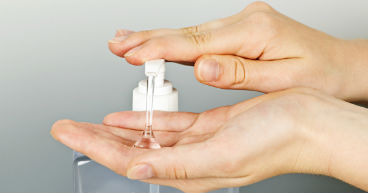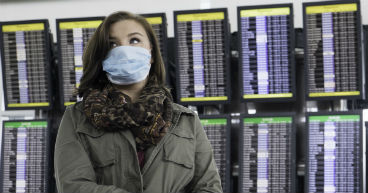
Social distancing. Self-isolation. These are more than just popular catch phrases in today’s coronavirus culture. For many people, especially those who may have been exposed to the virus or those trying to avoid exposure, they are a new normal.
For cancer patients, whose immune systems may be compromised because of their disease or treatment, living in isolation may be a critical step to help preventing exposure to those infected. But with medications to stockpile, treatments to schedule and other special needs, cancer patients may find that isolation takes more than just shutting the door and avoiding contact. Being quarantined or isolated for the recommended 14 days takes planning and attention to detail.
Here are some tips to help you get through it.
What’s the difference?
While the results and motives may be the same, The U.S. Centers for Disease Control and Prevention (CDC) says there are subtle differences between being quarantined and being isolated. And both differ from the relatively new concept of social distancing. In all cases, limiting contact with others is not just about you; it may also help keep you from spreading the virus to others.
Quarantine is used to separate people with no symptoms who may have come in contact with someone who is infected. It may also be used to limit the exposure for people, like cancer patients, who may be at high risk of getting sick.
Isolation is for people known to be infected and those showing symptoms of the virus. Isolation separates sick people from those presumed to be healthy.
Social distancing is intended to limit social encounters and close interactions with others. Closed schools and canceled events are extreme examples of social distancing. Avoiding handshakes, public transportation, crowded restaurants and stores and keeping distance between yourself and others are other examples.
“Social distancing is recommended for patients to limit the risk of COVID-19 exposure,” says Jeffrey A. Metts, MD, Chief of Medicine at our Atlanta hospital. “This includes limiting crowded and closed spaces such as buses, trains, airplanes, movie theaters, malls, restaurants, etc. This does not mean that you cannot leave home at all. When you do go out, the most important aspect is prevention; hand hygiene is critical.”
The U.S. Centers for Disease Control and Prevention (CDC) continues to update the list of symptoms COVID-19 patients may experience. Its latest update says common symptoms of the infection include a cough and shortness of breath or at least two of the following:
- Fever
- Chills
- Repeated shaking with chills
- Muscle pain
- Headache
- Sore throat
- New loss of taste or smell
Stay-at-home checklist
If you need to be quarantined or isolated, below are some tips for either you or, if you’re too weak from treatment and need help, your caregiver to do:
- Make sure you have your meds. Cancer patients may have several prescriptions, such as pain medications, hormone therapies, etc. Stock up on a two-week to 30-day supply of medications and make sure you have over-the-counter medications and supplies, as well.
- Go through your home and thoroughly wipe frequently touched surfaces with disinfectant. Don’t forget door handles, faucets and counter tops. Disinfect your electronic equipment, too, including phones, keyboards and touch screens.
- Keep your towels, dishes and personal items separated from others’ in the house, to even further reduce your risk of exposure to germs. Clean dishes and utensils thoroughly after each use.
- Get food and supplies delivered. If you need supplies or groceries, or you don’t feel like cooking, take advantage of delivery services. But cancer patients with immune system issues may want to avoid interaction with delivery people. When possible, pay and tip online when your order. If you have to pay in cash, leave the money at the door and instruct the delivery person to leave the package and go.
Can you take chemotherapy at home?
For some chemotherapy patients, taking oral medication in pill or liquid form may be an option to having to travel to an infusion center. But there are several factors to consider, such as costs, effectiveness and whether you are able to stay on a dosage schedule. Also, chemotherapy drugs may be very toxic, and precautions need to be taken to keep family members safe. Always talk to your doctor about what is best for you.
If you are in active treatment and are concerned about how the COVID-19 situation may impact your care, please contact your care team.
Learn more about the what cancer patients need to know about the coronavirus



